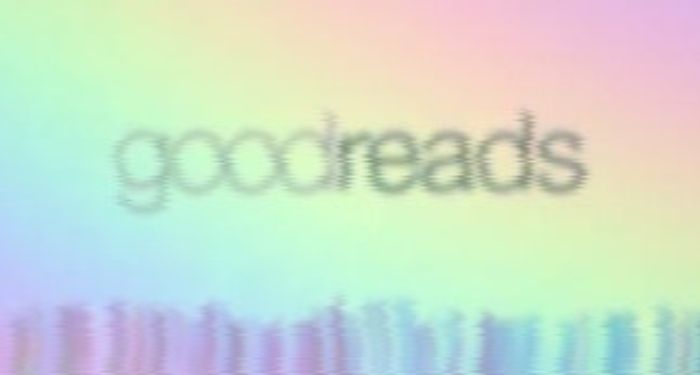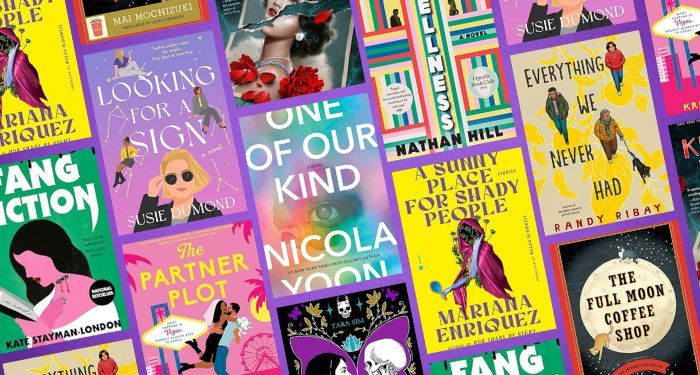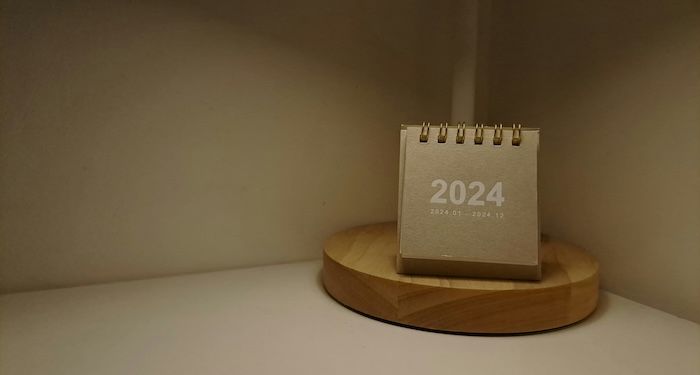Recommending Books Based on the Weirdest Facts They Taught Me
Nonfiction is great for all kinds of reasons: learning about the world around you, reading from points of view you wouldn’t otherwise have access to, and following timelines of historical events. But for me, it’s all about the weirdest facts nonfiction books can teach me. I love having something outrageous or silly to stick in my pocket once I finish reading a book.
Most evenings, my husband and I go for a walk through the neighborhood, talking about our days and what we’re reading or watching. When I’m in the middle of a good nonfiction book, it’s almost a guarantee that I will dominate the conversation by sharing all the little facts I’m learning. I preface it with “Do you want to hear all the things I learned today?” and then drop as many of these fun facts as I can recall in the moment. The worst part is when he already knows these weird factoids — he is a scientist, after all.
It’s one of the ways I remember the many books I read. If I don’t take notes or recite the same fact over and over again, I’ll likely forget everything a week later.
So here are some of my favorite nonfiction books and the weirdest facts they taught me, which are always my first topic when pitching books to people. These are unforgettable. And sorry (not sorry) that so many of them are about poop.
Nonfiction Books and Their Weirdest Facts
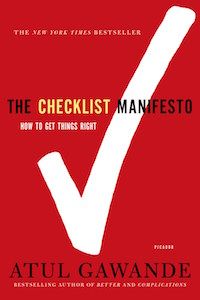
The Checklist Manifesto: How to Get Things Right by Atul Gawande
You’ve probably heard about David Lee Roth being a diva backstage and only accepting bowls of M&Ms if all the brown ones were removed. But that was actually a tactic to ensure venue staff read his band’s instructions and checklists thoroughly. If he found a brown M&M, there was likely a problem with the setup, which could be a major safety issue.
The Checklist Manifesto is a fascinating look at how important checklists are for the mundane and life-threatening jobs of the world. You’d want your doctor to be sure they have the correct patient on the operating table, right? A simple checklist can save you from disaster.
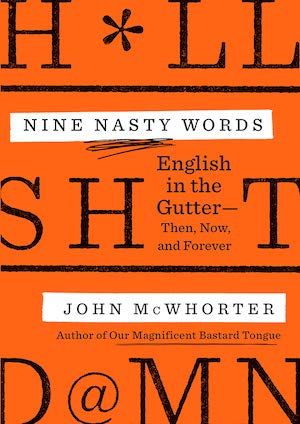
Nine Nasty Words: English in the Gutter—Then, Now, and Forever by John McWhorter
I’m always a sucker for a book about naughty linguistics, especially when they make you think deeply about the words you take for granted. Like how curse words defy the laws of grammar and can be any part of speech. Or how profanity has grown from being about religion, to being about the body, to being slurs against groups of people.
Linguist John McWhorter takes on the trajectory of curse words in a linguistic, sociological, political, and historical light in Nine Nasty Words.
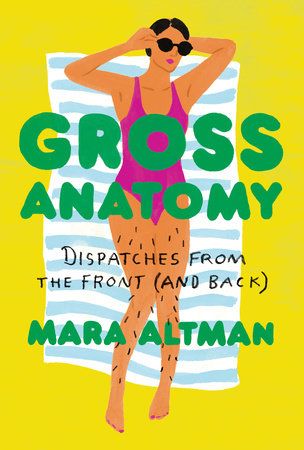
Gross Anatomy: Dispatches from the Front by Mara Altman
The butthole has two sphincters: one for waste and one for gas. That’s how you (almost) always know if it’s a fart or a poop.
Mara Altman takes a very Mary Roach approach to the questions she has about the human body — Why do women get told they have to shave their body hair? Why do dogs like sniffing crotches? What makes people faint? — and hunts down experts to answer those questions for her in the hilarious Gross Anatomy.
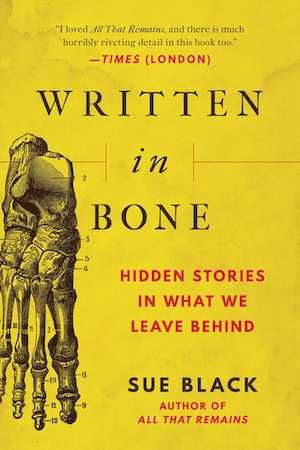
Written in Bone: Hidden Stories in What We Leave Behind by Sue Black
Skeletons can provide all kinds of information, like approximate age, sex, height, and weight, because our bones change with our age. Babies are born with, like, a zillion little bones that fuse together as they grow older — which makes sense when you consider how they enter the world.
Sue Black is a forensic anthropologist and anatomist who studies human remains to determine a person’s identification and cause of death. Written in Bone tells the story of the skeleton from top to bottom, with anecdotes from her work in the field, where her knowledge of human development was vital.
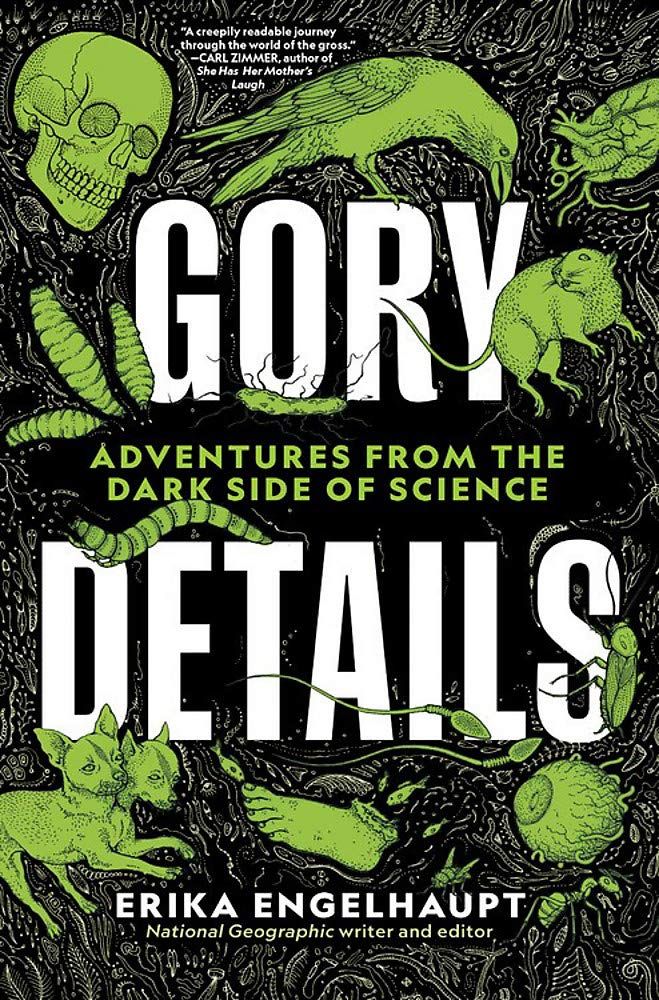
Gory Details: Adventures From the Dark Side of Science by Erika Engelhaupt
In order to determine an accurate pain scale for insect bites, there are scientists who willingly make insects sting them and then log their reactions. Sheesh!
Gory Details is a delightful book full of weird, (sometimes) gross science facts, all with the intention of reminding us that we are animals and life isn’t actually gross. It’s just what it is.
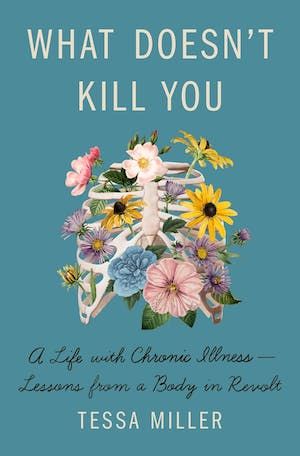
What Doesn’t Kill You: A Life with Chronic Illness—Lessons from a Body in Revolt by Tessa Miller
When a gastrointestinal disease refuses to improve, a fecal transplant can be a cure. How? Get a healthy person’s poop, bring it to your doctor, get it placed in your intestines, and cross your fingers that the good bacteria overpower your gut’s natural, bad bacteria.
Tessa Miller writes candidly about all the shit she’s gone through with Crohn’s and other diseases/infections/horrifying experiences in What Doesn’t Kill You. I am in awe of her strength.
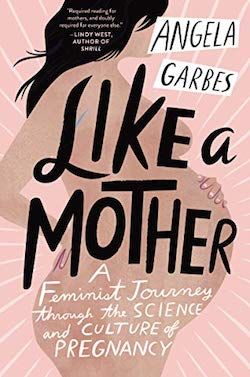
Like a Mother: A Feminist Journey Through the Science and Culture of Pregnancy by Angela Garbes
Postpartum firsts are gnarly — like the first poop (yikes) or the first orgasm (your nipples might become fire hoses) — and oh yeah, you also have a fresh baby who needs to be cared for.
Angela Garbes holds nothing back in this feminist take on every aspect of pregnancy, from biology to sociology.
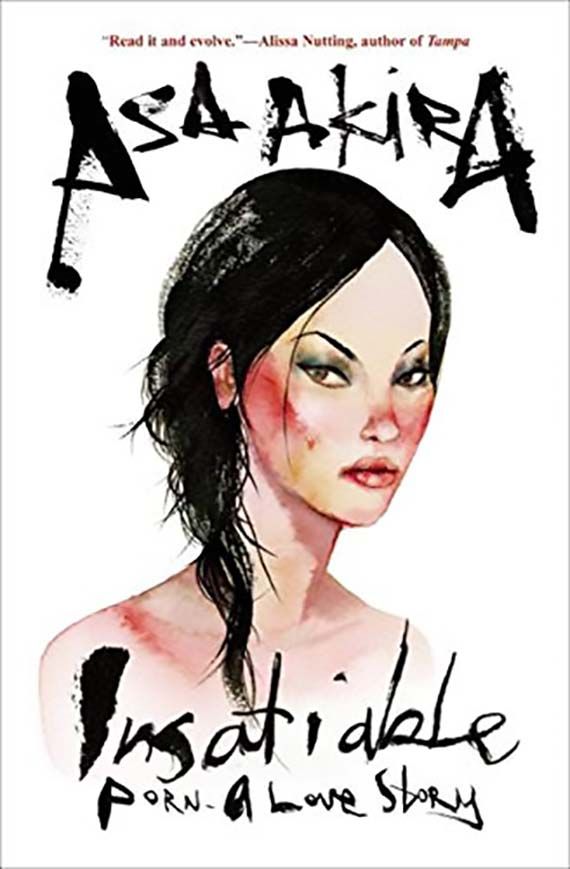
Insatiable: Porn—A Love Story by Asa Akira
If you eat a beet salad on Tuesday and your scene partner sees a red liquid emanating from your body on Wednesday, it’s not blood. It’s beets.
Asa Akira is a porn star and her memoir is a fascinating look at the porn industry, sexuality, and feminism. Insatiable is a fun collection of her hilarious stories about working in the business.
If you’re looking for even more nonfiction, be sure to read this list of 8 fascinating books about the ordinary or these 8 new nonfiction books to read this summer.

